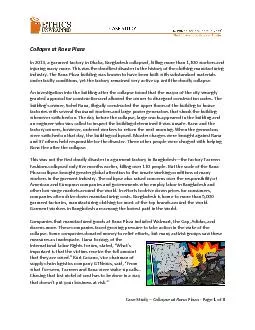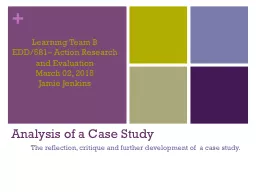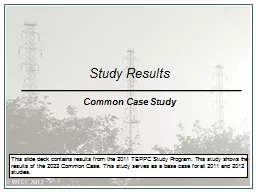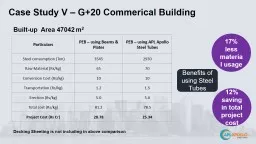PDF-Case Study
Author : ceila | Published Date : 2021-01-05
Collapse at Rana Plaza Page 1 of 3 Collapse at Rana Plaza In 2013 a garment factory in Dhaka Bangladesh collapsed killing more than 1 100 workers and injuring many
Presentation Embed Code
Download Presentation
Download Presentation The PPT/PDF document "Case Study" is the property of its rightful owner. Permission is granted to download and print the materials on this website for personal, non-commercial use only, and to display it on your personal computer provided you do not modify the materials and that you retain all copyright notices contained in the materials. By downloading content from our website, you accept the terms of this agreement.
Case Study: Transcript
Download Rules Of Document
"Case Study"The content belongs to its owner. You may download and print it for personal use, without modification, and keep all copyright notices. By downloading, you agree to these terms.
Related Documents














